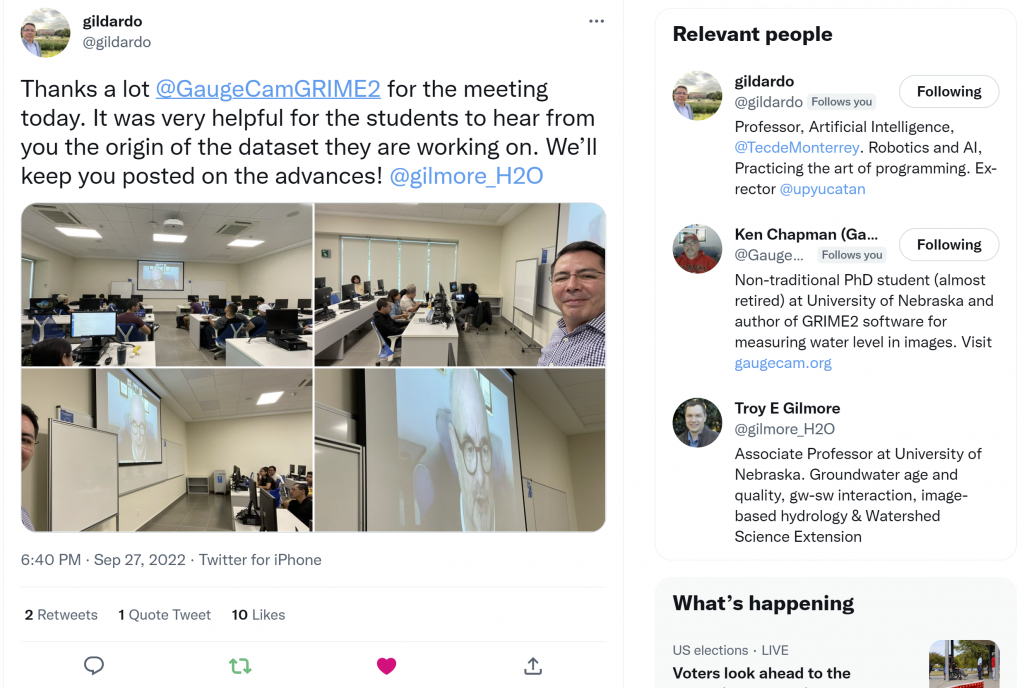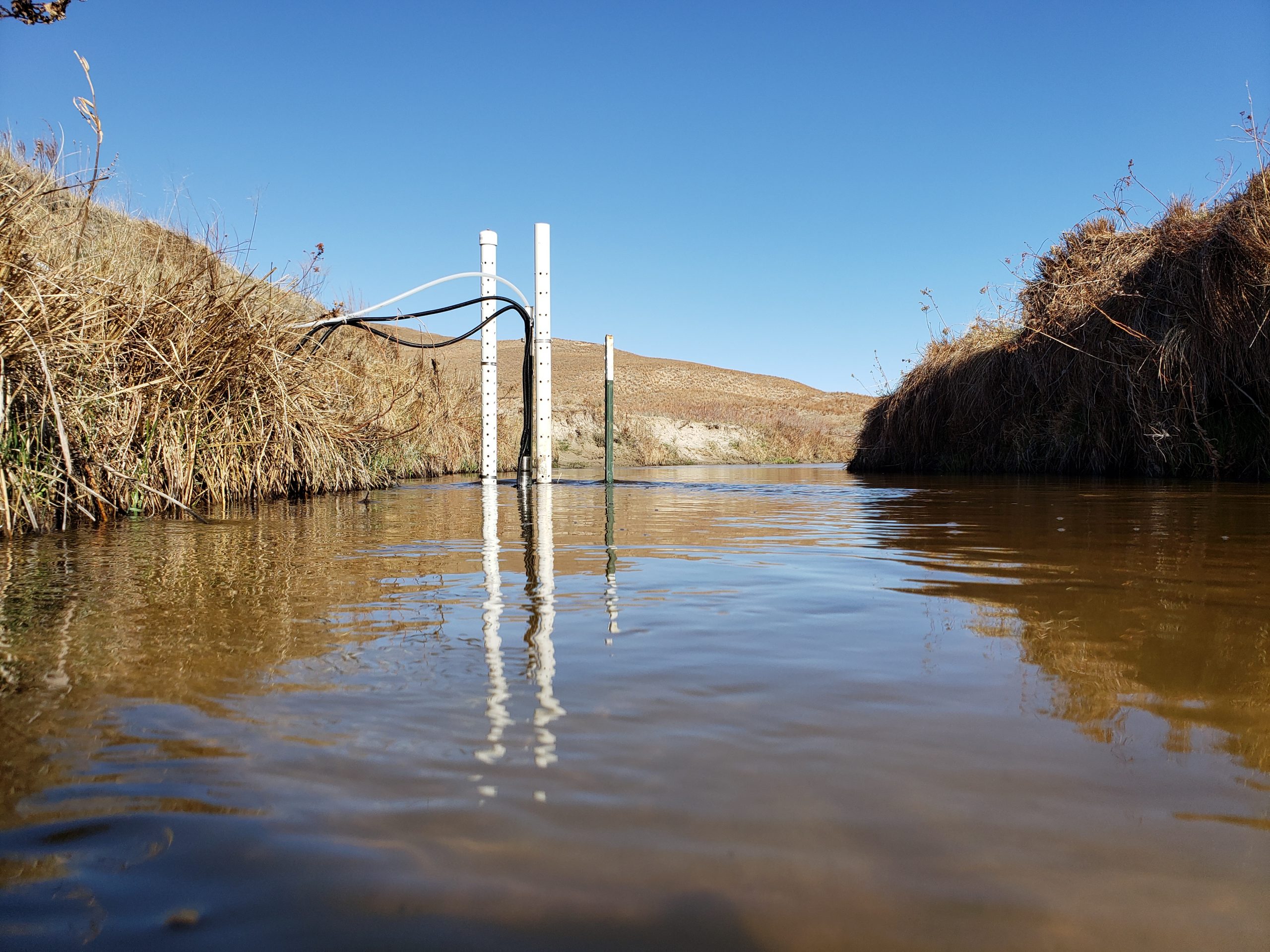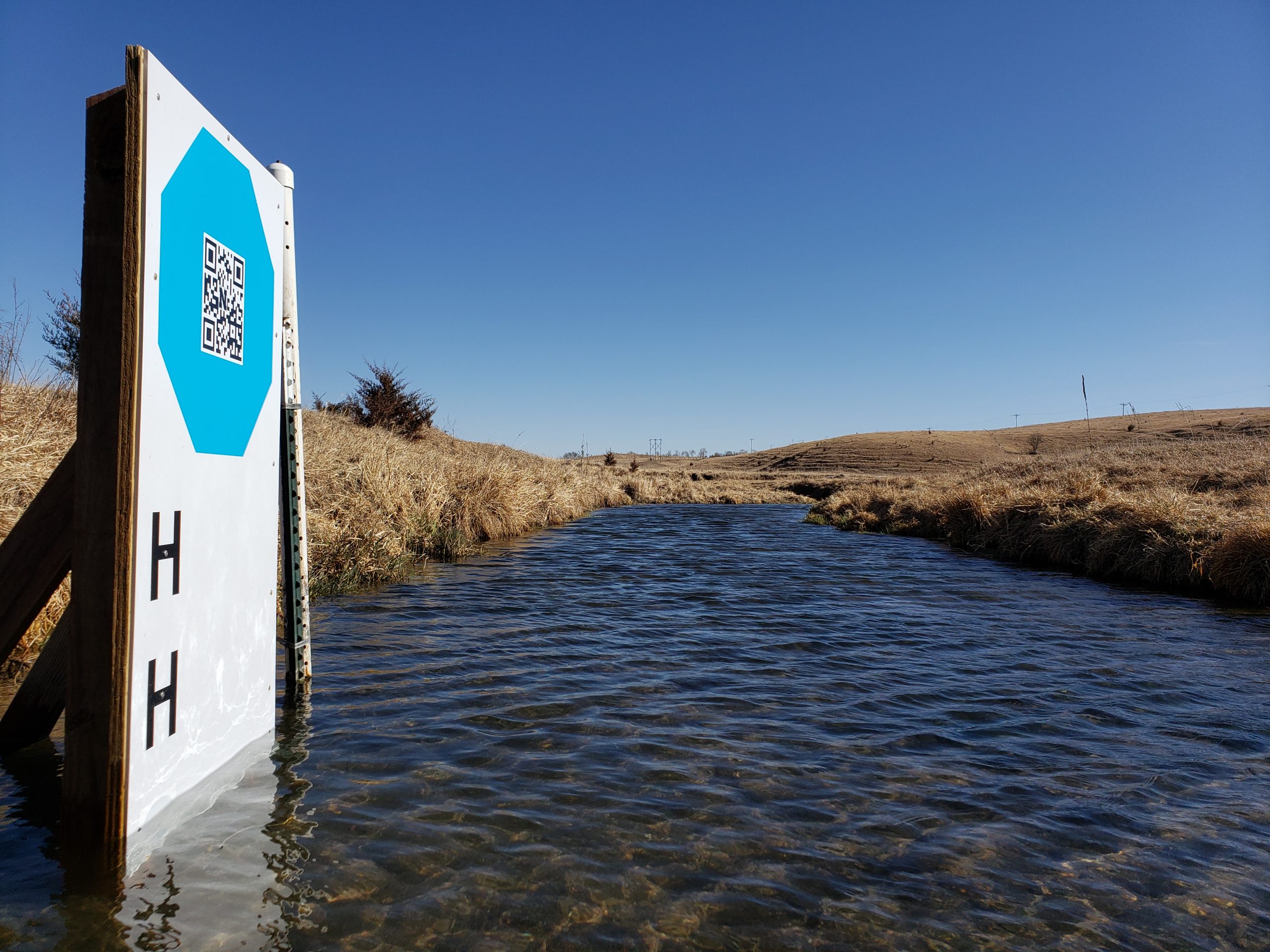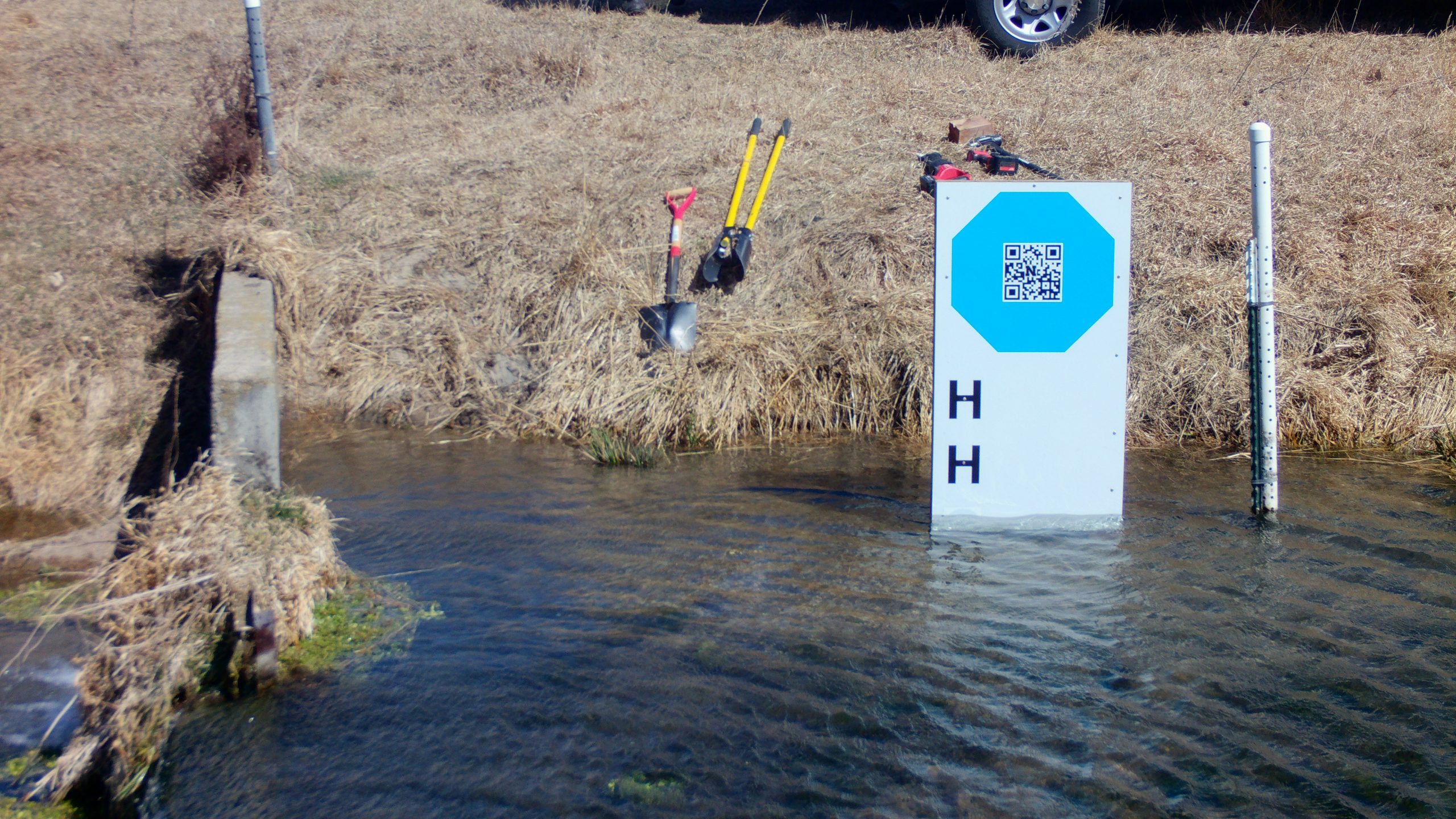The GaugeCam (GRIME Lab) team, including PI Troy Gilmore at University of Nebraska-Lincoln and Mary Harner at the University of Nebraska at Kearney, have been using imagery in eco-hydrologic studies and science communication for about a decade. The University of Nebraska is also home to a large time-lapse image archive from high-resolution (DSLR) cameras deployed across the Platte River Basin. Since 2010, the Platte Basin Timelapse project has acquired and archived over 3 million high quality images of water features across the watershed. These images are captured hourly during daylight hours and contain large amounts of untapped scientific information. Our team is devoted to (1) extracting ecological and hydrological information from imagery, and (2) building software that makes these tasks easy for other scientists.
Over the last 9 months, the GaugeCam GRIME Lab has benefited greatly from a fast-developing collaboration with scientists at Tecnológico de Monterrey (ITESM). Our collaboration involves both teaching and research.
Teaching
Dr. Gildardo Sánchez Ante, Professor in the Department of Computation in the School of Engineering and Sciences at the Guadalajara Campus has incorporated image-based hydrology projects in two courses. The GaugeCam team has been joining these classes via Zoom. We have had the opportunity to introduce the students to the dataset and hydrology concepts. We have also heard updates from the student project teams and are looking forward to final project presentations this week. The students are doing a fantastic job of extracting information from imagery and building machine learning models that successfully predict streamflow in the North Platte River in Nebraska!
The two courses where Platte Basin Timelapse-derived data are being used are:
- Advanced Artificial Intelligence for Data Science
- Business Solution Development Capstone project

Research
We see many exciting opportunities for image-based water monitoring, including in Mexico. Based on our background with image-based hydrology projects and our collaboration with Dr. Sánchez Ante, we are also working closely with Dr. Pabel Antonio Cervantes Avilés to set up and pilot camera-based monitoring at a site on the Atoyac River (see video below for background on this river). Dr. Cervantes Avilés is in the Water Science and Technology Group, in the School of Engineering and Sciences at the Puebla Campus.
We are excited to have partners at ITESM with much-needed expertise in artificial intelligence and water quality. We look forward to new insights into water quality and camera-based monitoring approaches in 2023 and beyond.





